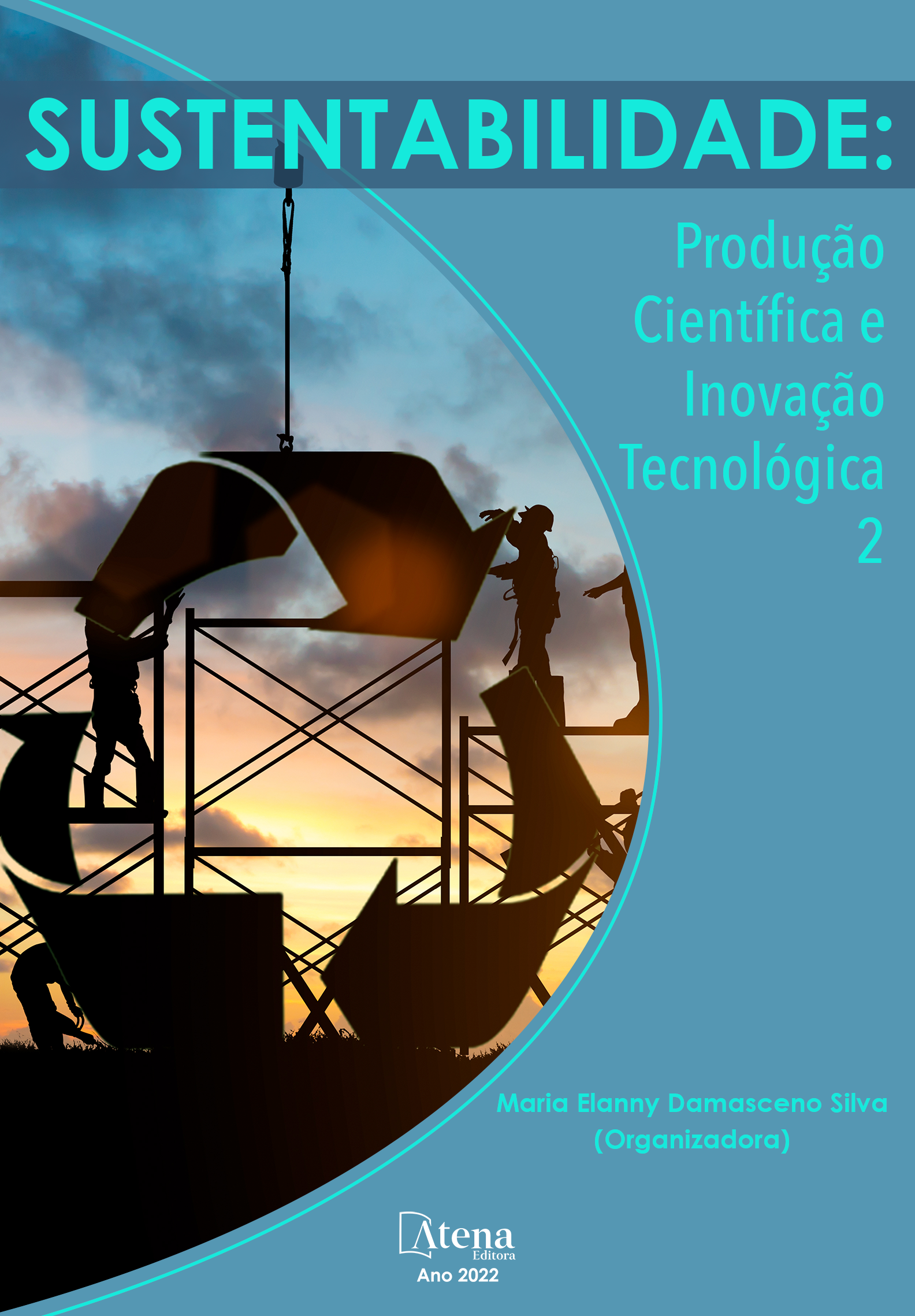
O PÓ DE SERRA DE MADEIRA UTILIZADO COMO AGREGADO FINO NA UTILIZAÇÃO DE CONCRETO PARA PAVIMENTAÇÃO EM VIAS DE TRÁFEGO LEVE
Dar destino adequado aos resíduos sólidos gerados na construção civil tem sido um dos principais motivos de estudos visando a reciclagem a fim de retornar esse resíduos ao ciclo produtivo e agregar valor a ele. A pavimentação não fica fora deste contexto, pois é um dos pilares da infraestrutura de um país, e sua construção causa sérios danos ao meio ambiente e um elevado 1j de recursos naturais. Assim na busca por um desenvolvimento sustentável, a reciclagem de resíduos tem se mostrado importante e eficaz na redução dos impactos causados pelo consumo de recursos naturais e pela disposição• inadequada d Assim, a reciclagem de Resíduos de Construção e Demolição (RCD), entre eles o pó de serra, apresenta-se como um instrumento para minimização dos problemas gerados pela disposição inadequada desses resíduos. Diante do exposto este trabalho tem como objetivo estudar a utilização de pó de serra como material constituinte das camadas de base e sub-base de pavimentos flexíveis. Este estudo verificou a possibilidade de melhorar a absorção de água do concreto além de dar um destino adequado ao pó de serra, possibilitando a minimização do uso de recursos naturais e, consequentemente, a redução do custo de pavimentação. Neste estudo, foi avaliado o desempenho mecânico de concretos produzidos com substituição parcial de agregado miúdo por pó de serra de madeira. Foi realizada a substituição de 15% de areia por pó de serra, em massa. Para avaliar a efetividade da substituição, foram confeccionados 2 traços de concretos, utilizando pó de serra in natura (PSN) e pó de serra tratado com solução alcalina (PST). Os resultados indicaram que o pó de serra promoveu redução de resistência à compressão do concreto, quando comparado ao traço Controle (sem adição do resíduo).
O PÓ DE SERRA DE MADEIRA UTILIZADO COMO AGREGADO FINO NA UTILIZAÇÃO DE CONCRETO PARA PAVIMENTAÇÃO EM VIAS DE TRÁFEGO LEVE
-
DOI: 10.22533/at.ed.24022040412
-
Palavras-chave: Pó de serra, Resíduos de Construção e Demolição Pavimentação
-
Keywords: Sawdust, Construction and Demolition Waste Paving
-
Abstract:
Proper disposal of solid waste generated in construction has been one of the main reasons for studies aiming at recycling in order to return this waste to the productive cycle and add value to it. Paving is not out of this context, as it is one of the pillars of a country's infrastructure, and its construction causes serious damage to the environment and a high level of natural resources. Thus, in the quest for sustainable development, waste recycling has proved to be important and effective in reducing the impacts caused by the consumption of natural resources and by the inadequate disposal of waste • Construction and Demolition Waste (RCD), among them the saw dust, is presented as an instrument to minimize the problems generated by the inadequate disposal of these wastes. In view of the above, this work aims to study the use of saw dust as a constituent material of the base layers and sub-base of flexible pavements. This study verified the possibility of improving the water absorption of the concrete besides giving a suitable destination to the saw dust, allowing the minimization of the use of natural resources and, consequently, the reduction of the cost of paving. In this study, the mechanical performance of concrete produced with partial replacement of small aggregate by wood saw dust was evaluated. It was performed the substitution of 15% of sand by saw dust, by mass. In order to evaluate the effectiveness of the substitution, two traces of concrete were made, using in - nature saw dust (PSN) and saw dust treated with alkaline solution (PST). The results indicated that the sawing powder promoted reduced compressive strength of the concrete when compared to the control trait (without addition of the residue).
-
Número de páginas: 12
- Claudia Scoton A. Marques
- Igor Santos Vougado
- Carlos César C. Maciel


